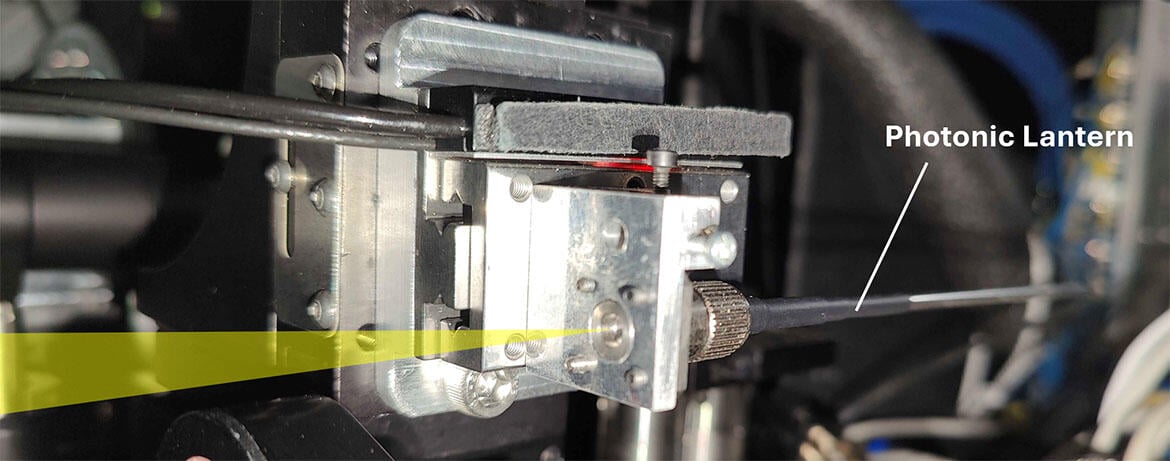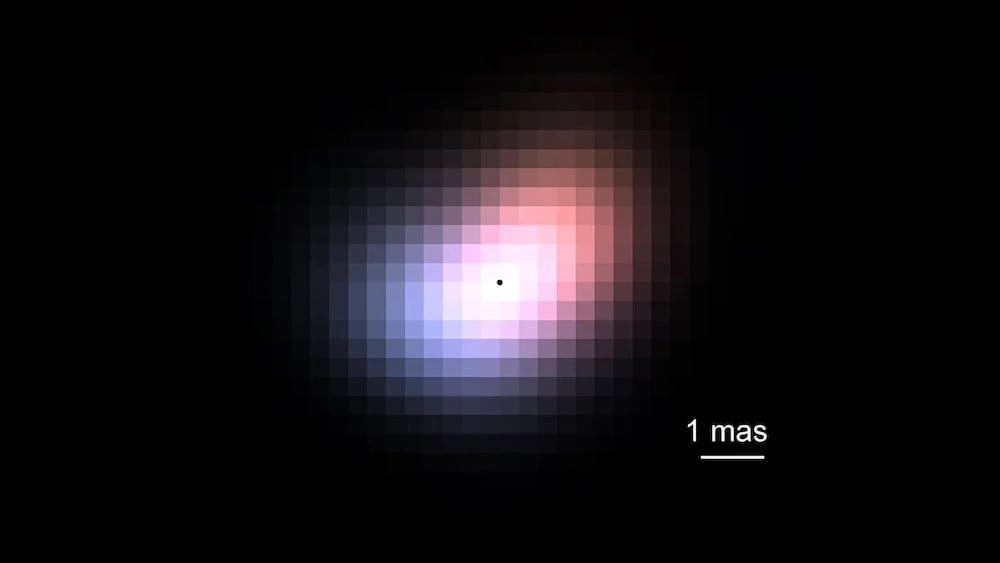When astronomers want to see the finest details, they typically face a fundamental limitation, the size of their telescope. Bigger telescopes capture more light but also reveal a finer level of detail and so produce sharper images. This is why astronomers often link multiple telescopes together to create arrays spanning kilometres employing a technique known as interferometry. However, a UCLA led team has just demonstrated a clever workaround that achieves what some claim to be record breaking resolution using a single telescope and a device that sounds like it belongs in a fantasy novel, a photonic lantern.
The photonic lantern is a specially designed optical fibre that does something rather extraordinary with starlight. Instead of treating light as a simple beam, it splits the incoming light according to its spatial patterns, much like separating a musical chord into its individual notes. These subtle patterns, which contain information about the structure of distant objects, are normally lost in traditional imaging techniques. By preserving and analysing them, the team have shown that it’s possible to reconstruct images with far greater detail than should theoretically be possible from a telescope of that size.
The Subaru Telescope in Hawaii that the photonic lantern was trialled on (Credit : Denys)
The team put this technique to the test at the Subaru Telescope in Hawaii and focussed it on a star called Beta Canis Minoris, located about 162 light years away in the constellation Canis Minor. This star is surrounded by a rotating disc of hydrogen gas, and the researchers wanted to use their new device to study its structure in unprecedented detail. What they discovered surprised them, the disc isn’t perfectly symmetrical but appears rather more lopsided, a feature that wasn’t visible with conventional imaging methods.
Earth’s turbulent atmosphere causes stars to twinkle and dance, blurring fine details that would otherwise be visible. Even with adaptive optics systems that continuously correct for this atmospheric interference, the photonic lantern proved so sensitive to the remaining fluctuations that the team had to develop entirely new data processing techniques to filter out the noise.
 Theh photonic lantern, a specially designed optical fibre, mounted on the FIRST-PL instrument at the Subaru Telescope. The yellow triangle indicates the path of the light entering the lantern. (Credit: Sébastien Vievard/University of Hawaii)
Theh photonic lantern, a specially designed optical fibre, mounted on the FIRST-PL instrument at the Subaru Telescope. The yellow triangle indicates the path of the light entering the lantern. (Credit: Sébastien Vievard/University of Hawaii)
The effort paid off spectacularly. The team achieved a fivefold improvement in measuring tiny, colour dependent shifts in the star’s light, shifts caused by the Doppler effect. Just as an approaching ambulance siren sounds higher pitched and a receding one lower, gas rotating toward us glows slightly bluer while gas moving away appears redder. By measuring these subtle colour shifts with unprecedented precision, the researchers could map the disc’s rotation in wonderful detail, demonstrating a technique that promises to reveal hidden structures around stars and other celestial wonders.
Source : Telescope hack opens a sharper view into the universe
First Appeared on
Source link













